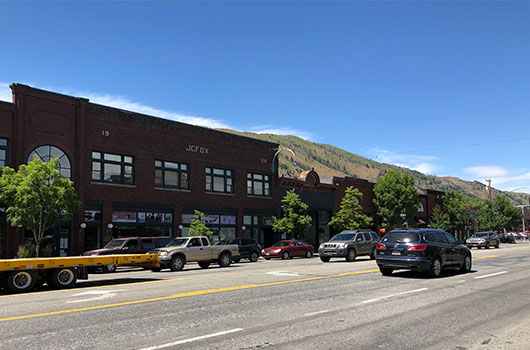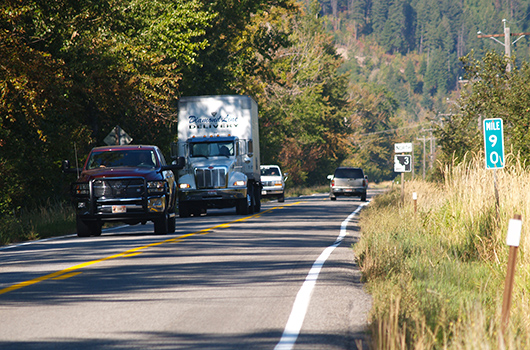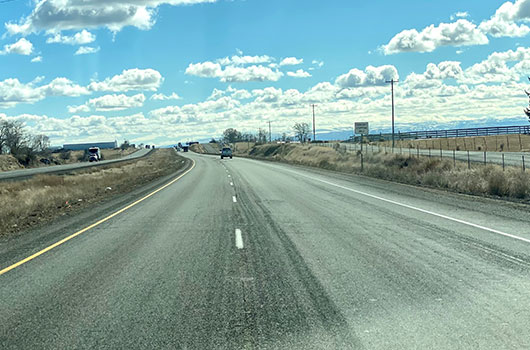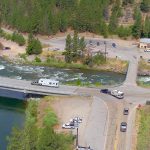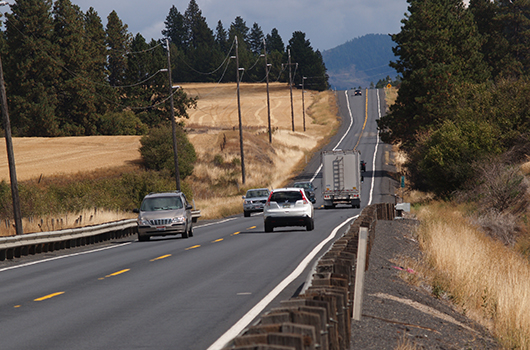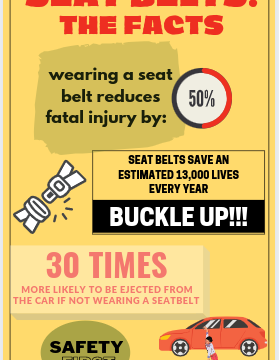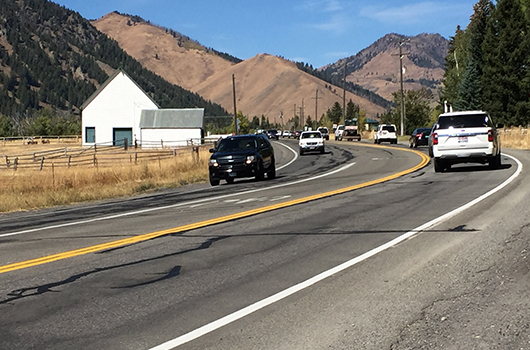I-84 overpasses in Minidoka County to close for three weeks in July and August

Two bridges over Interstate 84 near Heyburn will each close for approximately three weeks in July and August so that they can be resurfaced.
The first overpass at 500 West Road is expected to close next Tuesday (July 6), with traffic detoured to the interchange at Idaho Highway 27.
After crews complete work on the first overpass, they will move onto the overpass at South Meridian Road and drivers will need to cross over the interstate at 200 West Road.
Closure of these overpasses will not occur at the same time.
These repairs are part of a larger project that began in late April to resurface thirteen bridges and nine overpasses in the region. This work will help prolong the service life of the structures.
Most bridges will be kept partially open during construction, but completely closing these two allows the general contractor, Cannon Builders, to complete the work sooner.
“By not allowing traffic on these two structures, we’re reducing the overall cost of the project and the impact to travelers,” ITD project manager Bruce Christensen said.
Construction on all bridges is expected to be finished by October of this year. As work shifts from one bridge to another, traffic patterns will change. Check 511.idaho.gov to learn about impacts and timing for each bridge.


